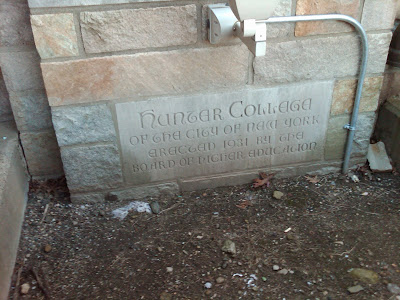 The 30-acre Fort Green Park (originally Washington Park) was established in 1847 by author Walt Whitman and later designed by Olmstead and Vaux in 1867. The Prison Ship Martyrs Memorial (1908, McKim, Mead & White) stands at the top of the hill, commemorating 11,500 prisoners of war perished aboard British ships docked in Wallabout Bay (near Brooklyn Navy Yard), a death toll 3X as great as the combat casualties in the American Revolutionary War ! It is a Doric column crowned with a brazier, which once held an eternal flame.
The 30-acre Fort Green Park (originally Washington Park) was established in 1847 by author Walt Whitman and later designed by Olmstead and Vaux in 1867. The Prison Ship Martyrs Memorial (1908, McKim, Mead & White) stands at the top of the hill, commemorating 11,500 prisoners of war perished aboard British ships docked in Wallabout Bay (near Brooklyn Navy Yard), a death toll 3X as great as the combat casualties in the American Revolutionary War ! It is a Doric column crowned with a brazier, which once held an eternal flame.What was once the world's most elegant comfort station. the Visitors Center is a 1908 distyle in antis (two columns flanked by two blank walls) Doric mini-temple, Stanford White's last commission, before he was murdered by his mistress's husband.






























